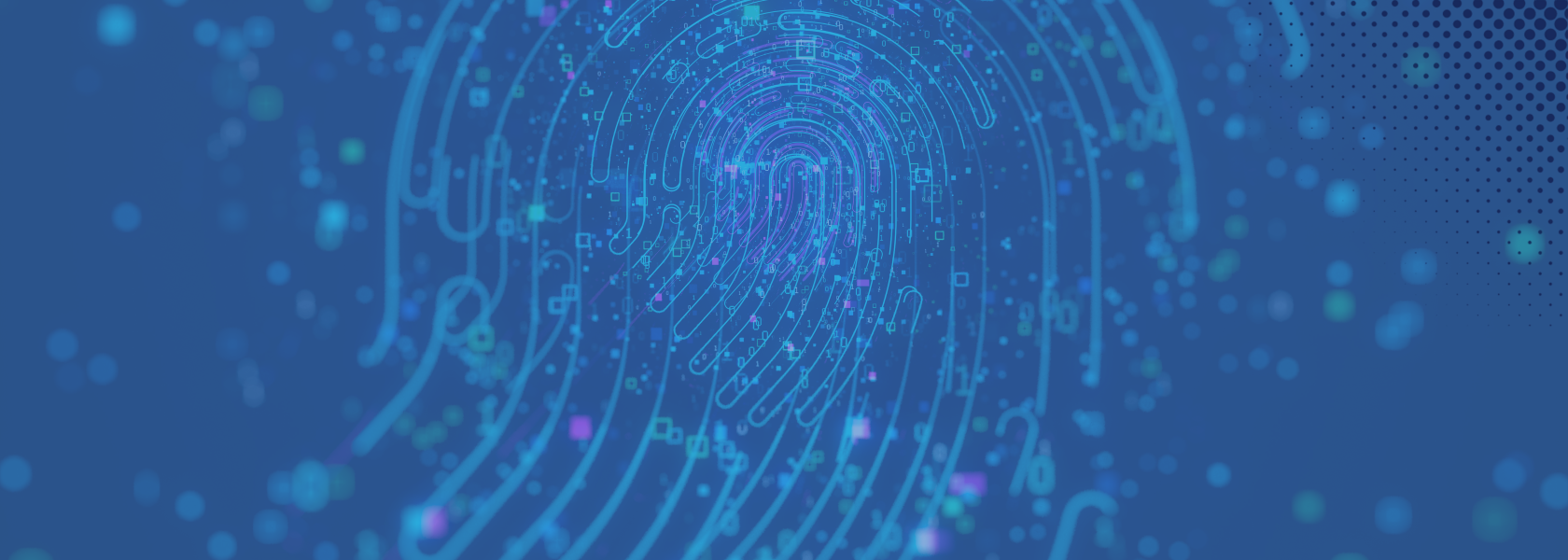
State of the Insurance Market:
2025 Outlook
Cyber
The cyber landscape continues to evolve rapidly, as new risks and exposures continue to emerge. This includes artificial intelligence (AI)-related risk, pixel tracking litigation, and prominent systemic events, such as the cyberattacks at CDK Global and Change Healthcare, and the Crowdstrike outage. While capacity remains, ransomware attacks are resurging, raising insurers’ concerns.
Market Conditions
Carriers maintain strict underwriting scrutiny. Organizations generally see a decrease in cyber premiums, at plus 20%. Those organizations with layered cybersecurity controls are experiencing premium decreases in excess of 20% and enhanced coverage options, adding back coverages available prior to the “hard market.”
Insurers are keeping a close watch on AI. New AI tools help cyber risk management, but cybercriminals can also leverage AI to do harm. We see some carriers inquire about the use of AI and governance around it, especially with respect to some healthcare and marketing organizations. Companies using AI tools to improve cybersecurity may qualify for better rates and terms, and carriers are taking steps to offer affirmative coverage when it comes to AI.
Cyber Rate Forecast
Rate Forecast |
||
| Entities with Good Controls: | -20% | |
| Entities with Layered Cyber Controls: | -20%+ | |
Recommendations
Clients with better controls, policies, and procedures receive preferred rates and policy terms. Failure to implement the proper controls and safety standards set forth by the cyber insurance industry could result in declinations of quotes upon renewal from some carriers or significant rate increases from others. It is in a client’s best interest to institute appropriate cybersecurity measures for their industry.
Begin your renewal process at least 120 days before your expiration, in addition to implementing the following safety protocols to secure your renewal and keep rate increases to a minimum:
Multi-factor authentication (MFA): MFA uses a two-or-more-factor authentication verification system to give users access to accounts, applications, virtual private networks (VPN), and more. MFA goes beyond a username and password for additional verification, mitigating cyber threats.
Endpoint detection and response (EDR): EDR provides real-time visibility across all endpoint activity by detecting red flags, such as malicious behavior. Additionally, it can analyze endpoint data and respond to threats. EDR tools use AI technology to identify malicious behavior, and this is expected to increase.
Cybersecurity training: Implement security training to help employees recognize common cyber threats, such as phishing scams, social engineering, poor password hygiene, and other risks. It is preferable that training tools use analytics to help organizations determine which employees require retraining with respect to identifying email scams and using weak passwords.
Data backups: Perform frequent, secured, encrypted, and tested backups for important records and data to be stored offsite, including business contracts and licenses, meetings, patents, trademarks, shareholder stock records, and important documents.
Privileged access management (PAM): PAM mitigates the risk of privileged access. The core capabilities of PAM include the discovery of privileged accounts across multiple systems, infrastructure, and applications, credential management for privileged accounts, credential vaulting, and control of access to privileged accounts.
Email filtering and web security: Eliminating spam through a basic filtering system is a foundation of cybersecurity. Analyze emails for phishing and other red flags, before dumping them into a separate folder.
Patch management and vulnerability management: These work together to unveil and prioritize risks based on their individual threat level, as well as amend risks by automatically upgrading software to its most recent version.
Incident response and business continuity plans: Allows an organization’s IT team to detect any red flags and provide the time necessary to respond and recover from incidents, such as service outages, cyberattacks, or data loss.
Layered approach: Organizations should remember that cybersecurity is a layered approach and part of an overall risk management plan. Cyber insurance is a critical part of risk management.


Connect with our
Cyber Practice

Risk Strategies Cyber Liability insurance specialists have the experience, tailored coverage, and resources to help your business manage today’s rapidly evolving cyber risks and liabilities.
Our Cyber Liability insurance team has the scope of products and deep expertise you need to meet today’s challenges.
Download the Report
Our industry and product line specialists have collaborated to provide an update on current trends and market conditions.
We invite you to explore their insights by downloading our latest State of the Insurance Market Report.
Explore the Report
Industries
Insurance experts in our industry specialty practices work with our clients and are in the market placing insurance coverage every day. Review their outlook for your industry.
Business Solutions
The experts that support key business product lines across our organization are in the market placing insurance coverage every day. Take a look at their observations on the insurance landscape.
Explore More
Browse other areas within our State of the Insurance Market Report.
The contents of this report are for general informational purposes only and Risk Strategies Company makes no representation or warranty of any kind, express or implied, regarding the accuracy or completeness of any information contained herein. Any recommendations contained herein are intended to provide insight based on currently available information for consideration and should be vetted against applicable legal and business needs before application to a specific client.

